Konica Minolta DiMAGE Z20 Review
Konica Minolta DiMAGE Z20
The DiMAGE Z5 is a good camera, but the Z20 is a whole lot cheaper. If you’ve got a steady hand and a limited budget this could be the digital camera for you.
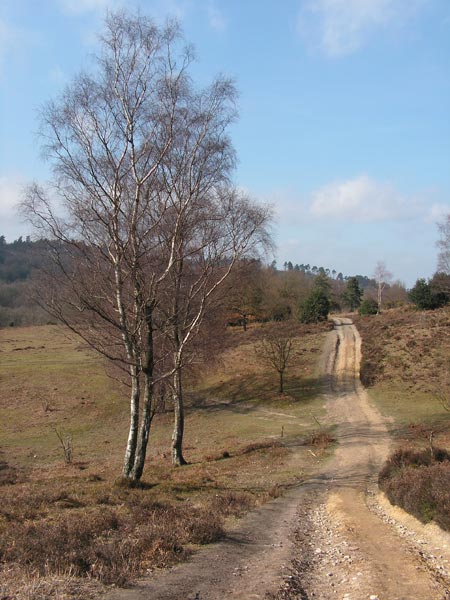
Verdict
Key Specifications
- Review Price: £169.00
Konica Minolta’s innovative DiMAGE ‘Z’ series, launched in 2003, now comprises six models aimed mostly at the advanced amateur photographer. These offer a range of powerful features such as long zoom lenses, manual exposure functions and high quality movie modes. Although they are all distinct and unique models, they share certain design elements that give them an obvious family resemblance. For the mid-range Z20, the common design themes are the large handgrip, the elongated round body, and the flash mounted over the lens barrel.
Coming in at just under £170, the Z20 offers a surprisingly full specification for the price, although inevitably some corners have been cut to fit the budget. What you get is a high performance five megapixel camera with an 8x optical zoom lens (equivalent to 36 – 290mm) and a full range of manual exposure, metering and focus options. Its operating system and range of menu options are basically identical to the higher priced Z5 reviewed last week. What it lacks however is the Z5’s image stabilisation system, a very useful addition to any camera with a long zoom lens. Without it, hand held shots at the extreme end of the zoom range are always going to be at risk from camera shake.
The Z20 has a couple of very unusual features which have both their good and bad points. The most obvious is the viewfinder and monitor arrangement. Instead of a separate small LCD screen in the viewfinder, the Z20 has an angled mirror. When you turn the switch from monitor to viewfinder, there is a distinct ‘clunk’, and the monitor screen folds down backwards so that you can now view it through the eyepiece, via the mirror. Meanwhile a blanking screen pops up to cover the monitor window. The advantage of this is that the viewfinder is the same resolution as the monitor screen, but the disadvantage is that it uses more power than smaller, lower resolution electronic viewfinders found in other cameras. Also on the downside is the size of the monitor. Presumably to fit it into the flip mechanism, the screen is only 1.5in across the diagonal.
The second unusual item is the card slot. Rather than having a hidden slot covered by a hinged lid, Konica Minolta has opted for an exposed slot on the side of the handgrip. On the plus side it makes changing cards very quick and you can always see whether or not the card is in there. On the minus side, I can’t help thinking that despite the little sprung covering flap, the whole slot will become vulnerable to dust and dirt while the card is in position.
These oddities aside, the Z20 is a nicely designed camera. As with the Z5, the control layout is first rate, with all of the buttons and wheels within easy reach of your thumb. The buttons are large and easy to use, and have a reassuringly positive action. The unique shape of the Z-series cameras may not appeal to everyone, but with that big handgrip the Z20 is extremely comfortable to hold. Rubberised panels in the handgrip and on the lens barrel give the camera a textured feel and ensure a non-slip grip.
In terms of performance, the Z20 leaves little to be desired. Start-up time is very fast at around 1.5 seconds. In continuous shooting mode at the highest quality setting it can shoot three frames in just over 3.5 seconds, but then has to pause for a few seconds to write to the card. It will keep shooting while doing this, but at a slower rate. In total it can shoot 10 frames in around 35 seconds. At lower resolution and quality settings, the number of shots in the rapid-burst sequence increases, and in economy mode and the 1,600 x 1,200 setting it can shoot at 1fps without stopping.
Unlike most of its super-zoom competitors, the Z20 has a very precise zoom control, with at least 15 steps between the wide and telephoto ends of the focal length range and a progressive speed increase, so that the longer you press the button, the faster the lens moves. This makes accurate framing of shots very easy, whilst still retaining a fast transition from wide to telephoto. Other manufacturers should be taking notes here.
On the main mode dial you find program, aperture priority, shutter priority and full manual exposure, as well as scene modes for portrait, sports action, landscape, night scene and sunset. There is also an auto mode which is a cut above most others. In auto, the camera will analyse the exposure conditions and then automatically select the scene mode that will produce the best results. It really does make a difference, especially in unusual lighting conditions.
The Z20’s movie mode isn’t quite as good as the Z5’s camcorder-quality 30fps VGA mode, but it can manage 15fps at 640 x 480 pixels (VGA), or 30fps at 320 x 240, which is adequate for most purposes. Movies are recorded in high quality Motion JPEG with audio, and the camera can keep shooting until the memory card or the 14.5MB internal memory is full, which ever one is in use at the time. Too give you an idea of file sizes, a 128MB card provides enough space for a three minute, 320 x 240 recording at 30fps.
Picture quality is extremely good, with bright natural colours, lots of fine detail and very little lens distortion even at wide angle. There is a little bit of purple fringing on very high contrast edges, but it is not a major problem. Noise levels are very low at ISO 50, 100 and at 200 a smidgen is noticeable. At the maximum (ISO 320), noise is evident although it’s within acceptable limits. The camera’s exposure system copes well with unusual lighting such as scenes that are backlit and have high contrast, plus the fill-flash works well to brighten up dark foregrounds, although it can be a bit harsh on close range shots. The multi-zone AF system works well even in low light, and in continuous mode the predictive AF does a good job of tracking moving subjects, although unsurprisingly it can be confused by foreground detail. In macro mode the camera picks the correct – usually the closest – subject with a high level of accuracy, although the claimed 1cm closest focusing range is only available at wide angle.
”’Verdict”’
As a budget alternative to the more powerful DiMAGE Z5, the Z20 turns in an excellent performance for the money. Handling and picture quality are all of a high standard, and although it does have some unusual design quirks, it is a nice camera to use. If you’re looking for a longer zoom range but don’t want to break the bank, the Z20 is a recommended choice.
(table:z20spec)
”A range of test shots are shown over the next two pages. Here, the full resolution image has been reduced in size for bandwidth purposes, and a crop (taken from the original full resolution image at Adobe ImageReady jpg quality 60) follows each image in order for you to gain an appreciation of the overall quality. The next page consists of resized images (to Adobe ImageReady jpg quality 50) so that you can evaluate the overall exposure. For those with a dial-up connection, please be patient while the page downloads.”

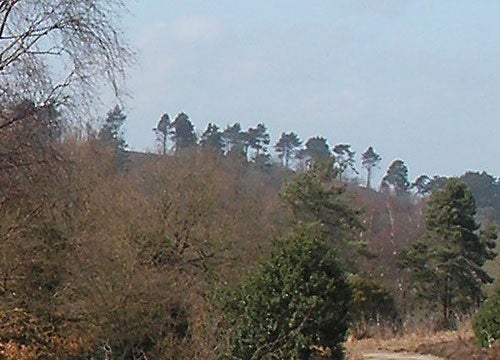
”’Even against a bright blue sky, there is plenty of fine detail in the branches of this tree. Accurate zoom control makes it easy to frame pleasing compositions.”’
6mm (approx. 36mm equivalent), f4.8, 1/250sec, ISO 50
—-
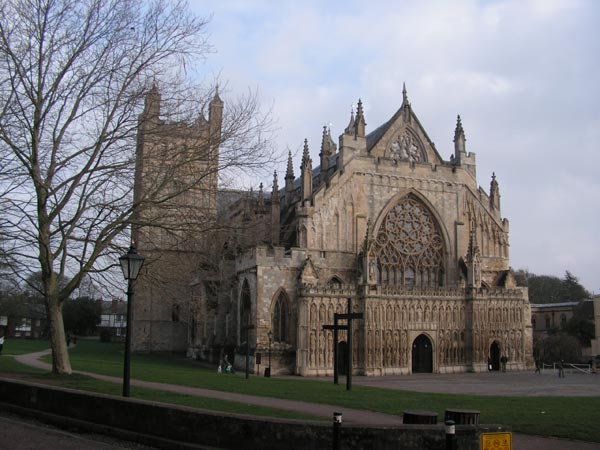
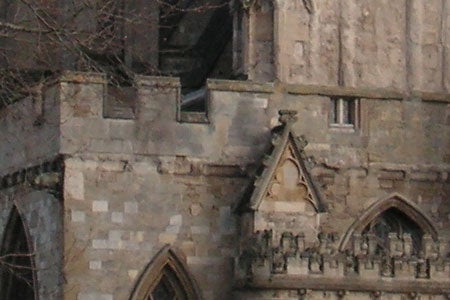
”’At the widest end the Z20’s lens is equivalent to 36mm, which isn’t very wide but is sufficient for most normal subjects. Note the lack of distortion in the corners and the high retention of detail.”’
6mm (approx. 36mm equivalent), f3.2, 1/250sec, ISO 50
—-
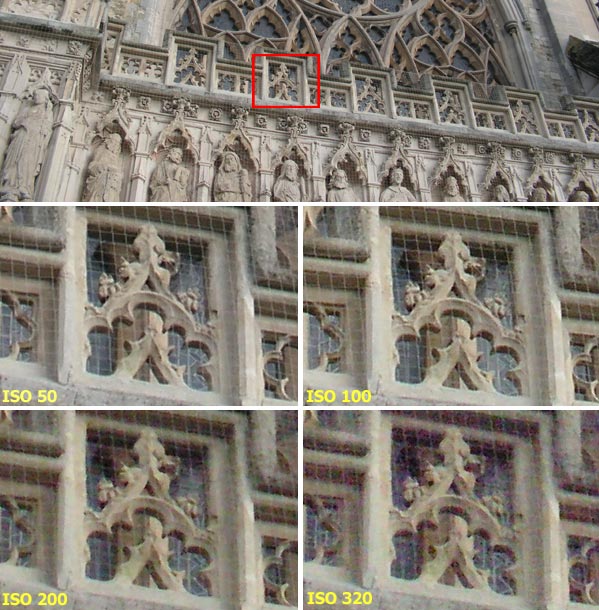
”’ISO 50 – At this minimum 50 ISO setting, there is no image noise and the picture is full of pin-sharp detail.”’
”’ISO 100 – At the slightly higher 100 ISO setting there is still no image noise, and it is easy to see the netting over the cathedral windows.”’
”’ISO 200 – At 200 ISO there is still very little noise, but some detail is being lost. It is harder to make out the net over the windows.”’
”’ISO 320 – At the maximum 320 ISO setting the image noise is quite pronounced on the darker areas, but still quite mild on the lighter areas. A lot of detail has been lost though.”’
”This page consists of resized images (to Adobe ImageReady jpg quality 50) in order for you to evaluate the overall exposure.”
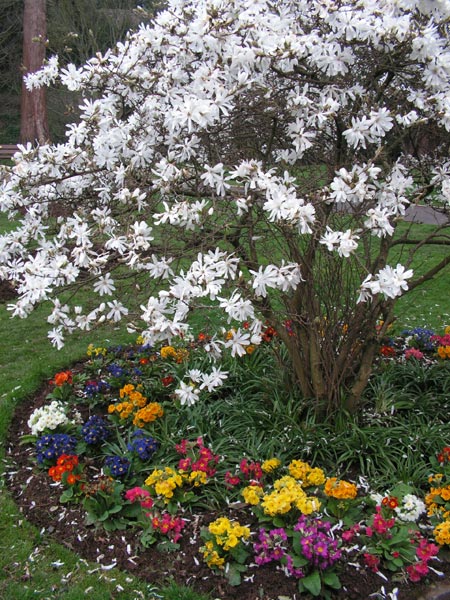
”’Colour rendition is superb. Although this shot was taken on a cloudy day, the colours are bright and vibrant, with plenty of detail even in the yellow highlights.”’
6mm (approx. 36mm equivalent), f3.2, 1/100sec, ISO 50
—-
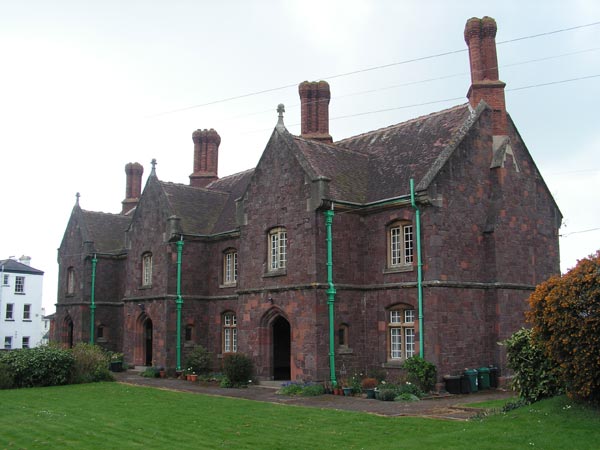
”’The high contrast between the dark foreground and bright sky has caused the metering system to over-expose this shot slightly, but the main subject is well exposed.”’
6mm (approx. 36mm equivalent), f4.8, 1/125sec, ISO 50
—-
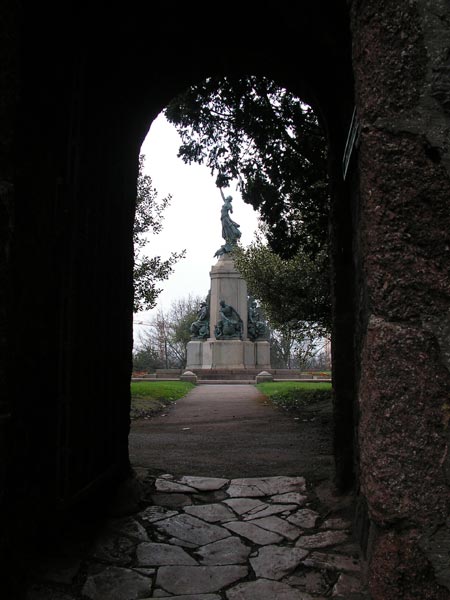
”’With the flash switched off, the exposure system meters for the highlights, leaving the foreground dark, as intended.”’
6mm (approx. 36mm equivalent), f4.8, 1/100sec, ISO 50
—-
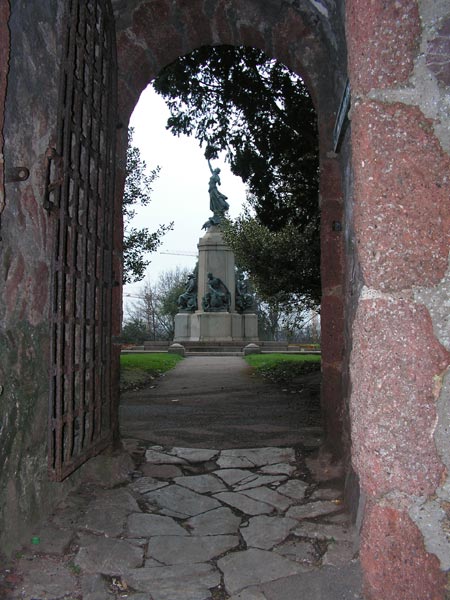
”’With the flash set on auto, the exposure system balances the flash with the ambient light, brightening the foreground while still capturing the statue in the distance.”’
6mm (approx. 36mm equivalent), f3.2, 1/320sec, ISO 64
—-
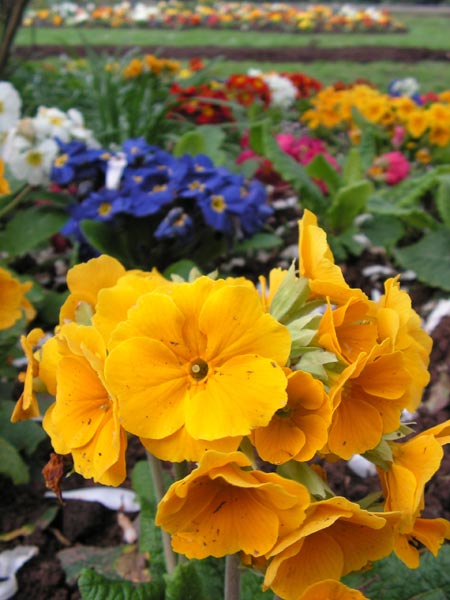
”’The autofocus system has correctly locked on to the closest subject, even though it is not central in the frame.”’
6mm (approx. 36mm equivalent), f3.2, 1/60sec, ISO 50
Trusted Score
Score in detail
-
Value 9
-
Image Quality 8
Features
| Camera type | Digital Compact |
| Megapixels (Megapixel) | 5 Megapixel |
| Optical Zoom (Times) | 8x |

